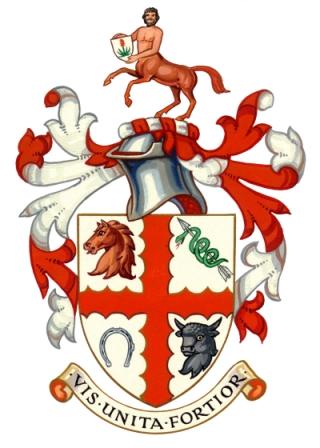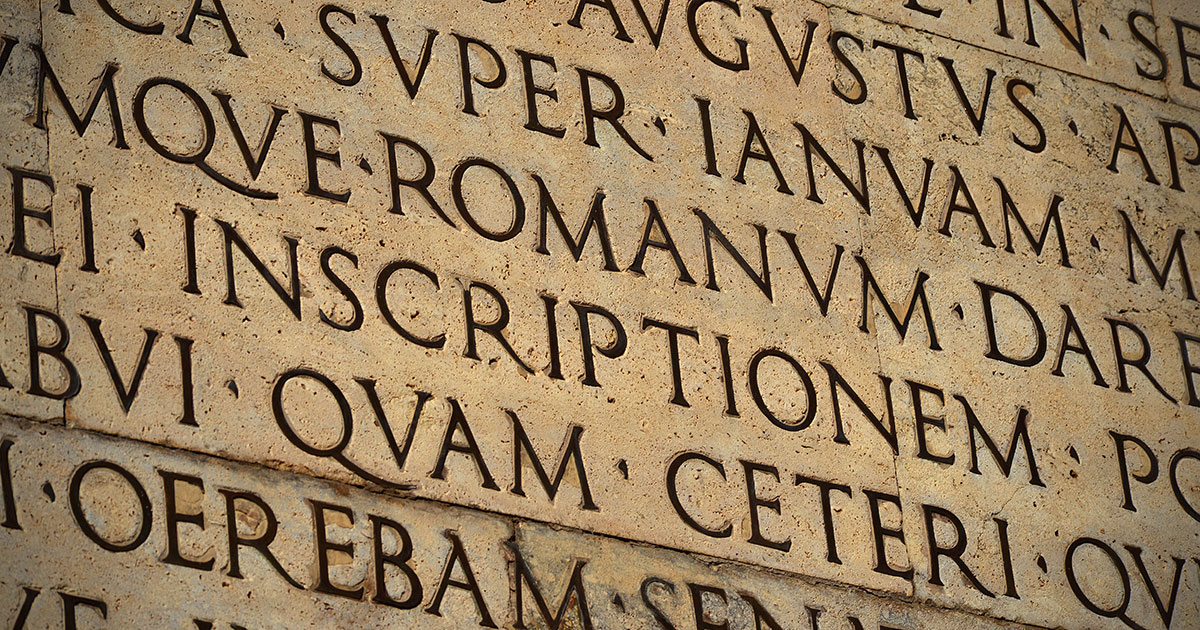In my ongoing research I was amused to find that editorials in the original veterinary journals started with a Latin phrase – but before I suggest Vet Times resurrect this tradition, let’s see what they were saying and consider why…
The editorials of early veterinary journals weren’t always written by the editor. In fact, they were often published in the form of anonymous letters – a trend that could be seen in many professional journals of the time (those social media accounts where the poster hides their identity are not new).
Some of the anonymous names have been linked to prominent figures at the time. However, the use of them persisted, and it was common to see letters published and attributed to such names as “a stander-by”.

A matter of class
The tradition of a Latin banner above an editorial was commonplace in the nineteenth century, especially in medical journals. This was from the tradition that medical exams were held in Latin and that a physician was expected to have a good understanding of the classics. A classist approach to education such as this was the educational language of the upper classes.
With the advent of the veterinary profession, this tradition was all but gone, but Latin remained important. Latin terminology provided a clarity in sharing clinical findings as it became the language of medicine. It also remained the upper class subject for many, so inserting some Latin into a journal article was demonstrating that, even if the exams weren’t in the language, it was still understood by the veterinary profession.
 Vis unita fortior
Vis unita fortior
The most commonly used editorial phrase in The Veterinarian was “ne quid falsi dicere audent ne quid veri non audent” – which can be translated as “lest they dare to say what is false, lest they dare not say what is true”.
In a similar time period, one of the first representative organisations – the Veterinary Medical Society – was using “vis unita fortior” or “in unity lies strength”. Perhaps a more inclusive attitude than daring people to speak their truth – we all know there is the truth, the whole truth and nothing but the truth. But then there’s the historical interpretation of the truth…
Today the RCVS uses “vis unita fortior” as its motto (as seen in the college’s coat of arms), and, thus, the tradition of Latin mottos continues – as do the anonymous voices of the profession. “A stander-by” is still with us today.

Leave a Reply